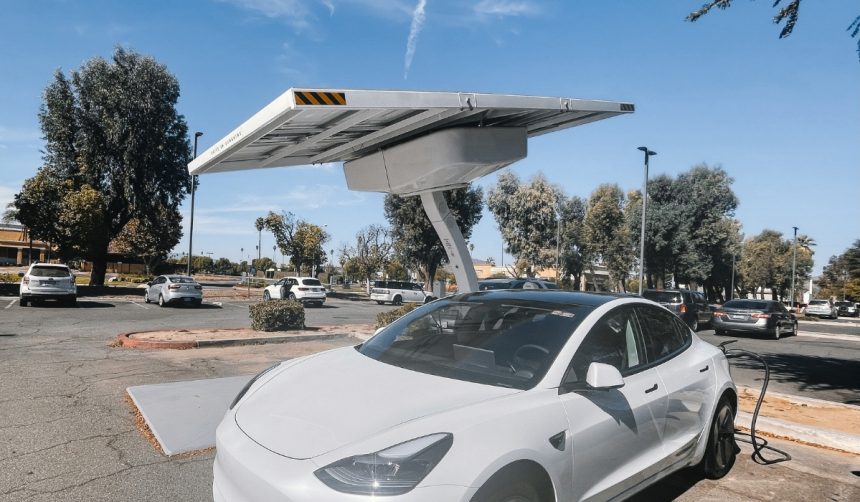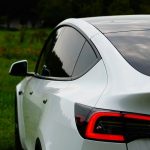Leaving an electric vehicle idle for several days can often lead to unwanted battery drain, creating challenges for owners who park their Tesla cars for extended periods, such as during travel. Many Tesla owners have observed that certain standby features, while convenient, draw power even when the car is not in use. Tesla’s new Low Power Mode offers an option to help drivers avoid these scenarios. For those relying on battery reserves for extended downtime, this update promises more control over vehicle power usage and heightened awareness of energy loss patterns during storage.
Earlier reports have detailed frequent user concerns regarding Tesla’s phantom drain, with incidents highlighting significant energy loss when features like Sentry Mode remain active. The introduction of Low Power Mode contrasts previous recommendations which involved manually disabling features or relying on third-party apps for battery management. Unlike prior approaches, Tesla now consolidates these functions under an integrated setting, making it simpler for owners to preserve the vehicle’s battery. Owners had been calling for a more streamlined solution, especially for newer models like the Cybertruck. This recent update answers these calls directly with an official feature.
What Does Low Power Mode Turn Off?
Low Power Mode switches off various settings that typically consume energy, including Sentry Mode, Summon Standby, outlets, accessory power, climate functions such as ‘Keep Climate On’ and ‘Camp Mode,’ scheduled preconditioning, and Cabin Overheat Protection. During charging sessions, Sentry Mode and accessory power stay available, but certain features, like climate control, can only be used while supercharging. Tesla states,
“When Low Power Mode is enabled, your vehicle will conserve energy by automatically disabling [these] features.”
The new function is expected to help users keep battery levels stable when vehicles remain parked for many days.
How Can Owners Activate Low Power Mode?
Activating Low Power Mode is possible through both the in-car controls and the Tesla mobile app. Owners are offered quick and flexible means to save energy depending on their circumstances, such as airport parking scenarios or long-term storage. The feature can be toggled under the charging menu inside the car or via app quick actions on a smartphone. Tesla highlights its accessibility for practical usage, stating,
“You can enable it in vehicle controls menu->charging->low power mode or through the mobile app quick actions.”
Which Tesla Vehicles Benefit Most from This Feature?
The issue of phantom battery drain has affected multiple Tesla models, including Model S, Model 3, Model X, and Model Y, but was recently spotlighted after a Cybertruck owner experienced significant battery usage while away. Owners of all current Tesla vehicles, especially those with features designed for constant connectivity or surveillance, are potential beneficiaries. The update addresses a broad range of use cases, focusing on practical conservation for anyone parking their Tesla for extended periods.
This recent enhancement builds upon existing user requests and feedback, particularly following publicized instances where battery depletion caused inconvenience post-travel. Energy management has been a repeatedly discussed topic among the Tesla community, leading to various workarounds before a formal solution was provided. Now, the integrated Low Power Mode serves as a direct response, replacing previous patchwork solutions and enabling improved efficiency for owners concerned about charge retention during long term parking or travel. For Tesla drivers, especially those traveling frequently, monitoring and actively managing battery preservation is crucial. Being mindful of both ambient temperature and vehicle settings ensures optimal energy retention and can help prevent unexpected depletion, especially when relying on the car for mobility after extended idle time.
- Low Power Mode reduces Tesla’s battery drain when parked for long periods.
- Key energy-consuming features are disabled automatically to help conserve charge.
- All current Tesla models benefit, especially in extended idle scenarios.










